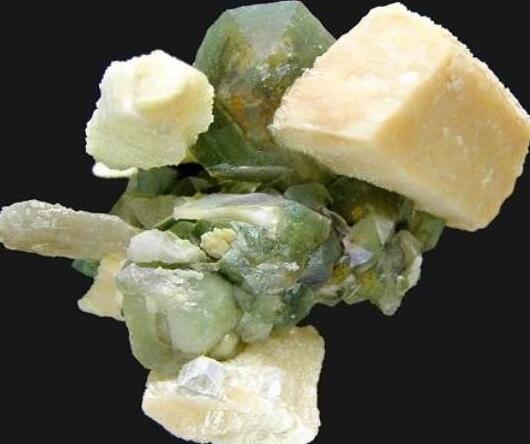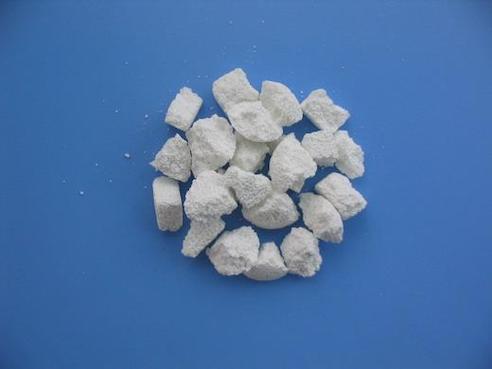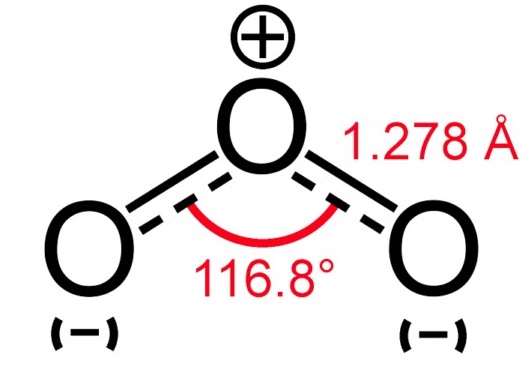Hydroxyapatite composites for orthopedic applications
General Description
Hydroxyapatite composites hold great promise in tissue engineering, particularly for hip-joint implants. Hydroxyapatite-based coatings can protect metallic implants and promote bone-tissue regeneration, but there are challenges with adhesion strength and durability. Functionally graded coatings and liquid feedstock thermal spraying are promising approaches to improve implant performance. 3D resorbable hydroxyapatite-based scaffolds are also used for regenerating damaged bone, but ideal properties such as porosity and compressive strength must be carefully considered. Various techniques, including 3D printing, have been explored to fabricate these scaffolds, but some limitations remain. Incorporating nanomaterials and antioxidants can enhance the quality of Hydroxyapatite composites, while gradient pores within scaffolds demonstrate superior cytocompatibility.

Figure 1. Hydroxyapatite
Hydroxyapatite composites
Hydroxyapatite composites have gained significant attention in tissue engineering, particularly in hip-joint implants. These composites offer excellent biocompatibility and mimic the natural bone structure. Hydroxyapatite coatings on metallic implant components promote bone-tissue regeneration and integration, reducing the risk of implant loosening. Researchers have developed functionally graded Hydroxyapatite-based coatings with multiple layers, graded composition, and microstructure, enhancing adhesion strength. Incorporating carbon fibers and graphene further improves the strength of Hydroxyapatite coatings. 3D printing has revolutionized tissue engineering, allowing the fabrication of complex scaffolds with controlled pore size and porosity. Ceramics like Hydroxyapatite show promise in matching the mechanical properties of bone, but their brittleness requires combination with polymers for 3D printing. Bacterial infection susceptibility is a challenge in Hydroxyapatite scaffolds, addressed by incorporating nanomaterials such as silver, cobalt, and zinc to create antibacterial composites. Antioxidants like cerium dioxide enhance implant quality and reduce reactive oxygen species. The porosity of scaffold structures is crucial for tissue infiltration and mechanical interlocking with bone. Gradient pores within Hydroxyapatite scaffolds demonstrate superior cytocompatibility, supporting cell attachment, growth, and protein adsorption. Overall, Hydroxyapatite composites hold immense potential in tissue engineering, especially for hip-joint implants. 1
Orthopedic applications
Hydroxyapatite-based coating
Hydroxyapatite-based coating is utilized to protect metallic implants such as hip, knee, shoulder, and dental implants from metallosis. The most advanced bioactive material, Hydroxyapatite, is coated onto the outer surface of these implants using powder feedstock plasma spraying, which is approved by the United States Food and Drug Administration (FDA). However, there are challenges with the adhesion strength and durability of the coating. To address these issues, a new approach called functionally graded coating (FGC) has been developed. FGC consists of multiple layers of different materials, allowing for a smooth transition between the coating and the metallic implant. This gradient in composition and microstructure enhances interfacial strength, reduces thermal stresses, and provides various functionalities to the implant. By tailoring the composition and microstructure of the Hydroxyapatite coating, adhesion strength, toughness, hardness, wear resistance, and coefficient of thermal expansion (CTE) mismatch can be improved. Liquid feedstock thermal spraying is a unique deposition method that uses a liquid feedstock instead of conventional powder feedstock. It offers advantages such as the ability to deposit fine submicron or nanometer-sized particles, creating fine microstructures and firmly adhered thin coatings. The use of solution precursors allows for in-situ control of material chemistry, optimizing the coating's composition and microstructure. This technique overcomes limitations associated with the traditional powder feedstock method, including phase degradation and weak adhesion. By adopting liquid feedstock thermal spraying and designing FGCs, the longevity and performance of Hydroxyapatite-coated metallic implants can be significantly improved. 2
3D resorbable hydroxyapatite-based scaffolds
3D resorbable hydroxyapatite-based scaffolds are used for regrowing damaged bone in individuals with bone defects. These scaffolds are porous and have properties similar to natural bone, such as biocompatibility and compressive strength. The scaffold provides mechanical support to osteoblasts, promoting their differentiation, proliferation, and extracellular matrix formation. The ideal properties for these scaffolds include porosity of approximately 70-80%, pore size of around 300 μm, compressive strength of 5-10 MPa, and elastic modulus of about 20 GPa. The extracellular matrix of bone consists of organic and inorganic components, with collagen fibers and hydroxyapatite nanoparticles providing strength to the bone. Resorbable scaffolds, whether ceramic, polymer, or metal-based, are gradually replaced by tissue as they are reabsorbed by the body. The scaffolds must be osteoconductive, bioinert, degradable, and biocompatible to ensure successful bone regeneration. Various techniques, including 3D printing, have been utilized to fabricate porous hydroxyapatite-based scaffolds. However, some limitations such as non-uniform pore distribution and poor porosity exist. Researchers have explored different 3D printing techniques to improve the mechanical stability and porosity of the scaffolds. For example, inkjet and extrusion-based 3D printing techniques have been used to fabricate scaffolds with acceptable compressive strength and cytocompatibility. 3
Reference
1. George SM, Nayak C, Singh I, Balani K. Multifunctional Hydroxyapatite Composites for Orthopedic Applications: A Review. ACS Biomater Sci Eng. 2022 Aug 8;8(8):3162-3186.
2. Asri RI, Harun WS, Hassan MA, Ghani SA, Buyong Z. A review of hydroxyapatite-based coating techniques: Sol-gel and electrochemical depositions on biocompatible metals. J Mech Behav Biomed Mater. 2016 Apr;57:95-108.
3. Bulina NV, Baev SG, Makarova SV, Vorobyev AM, Titkov AI, Bessmeltsev VP, Lyakhov NZ. Selective Laser Melting of Hydroxyapatite: Perspectives for 3D Printing of Bioresorbable Ceramic Implants. Materials (Basel). 2021 Sep 19;14(18):5425.
Related articles And Qustion
See also
Lastest Price from Hydroxyapatite manufacturers

US $0.00/kg2025-04-30
- CAS:
- 1306-06-5
- Min. Order:
- 1kg
- Purity:
- 0.99
- Supply Ability:
- 1000kg
US $10.00/KG2025-04-21
- CAS:
- 1306-06-5
- Min. Order:
- 1KG
- Purity:
- 99%
- Supply Ability:
- 10 mt




